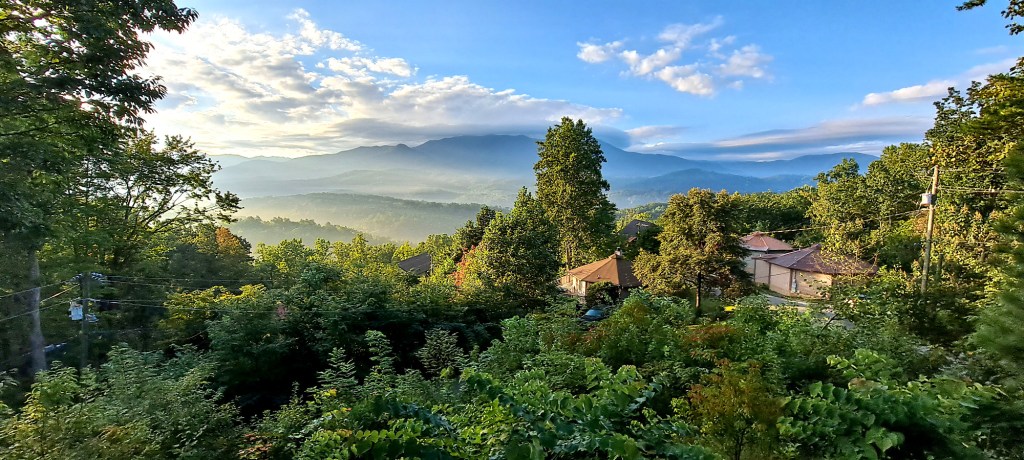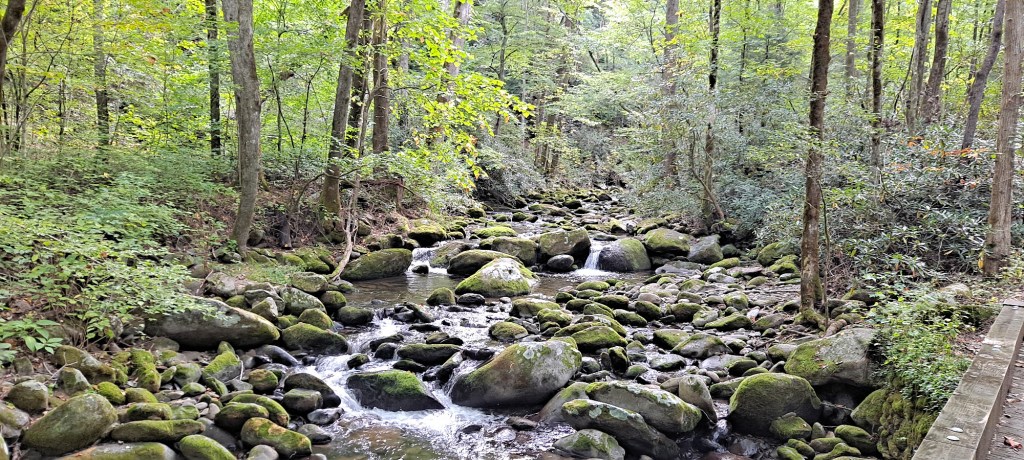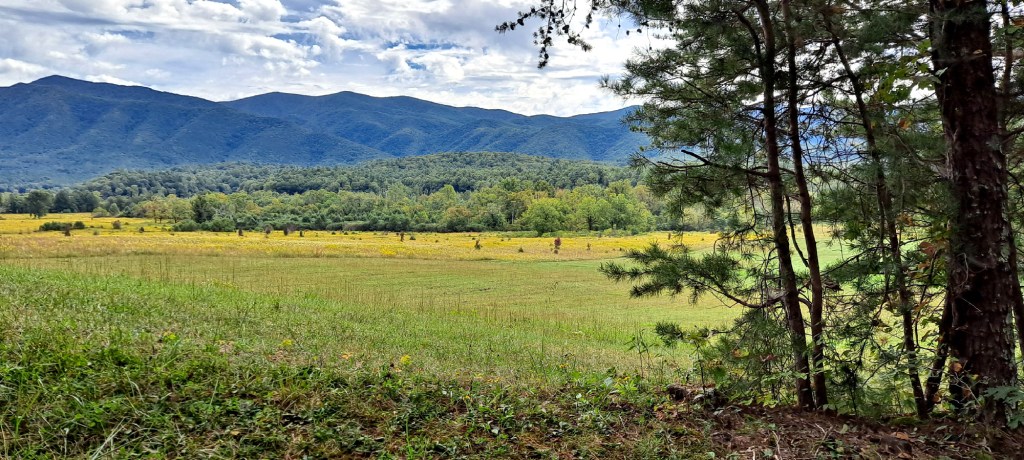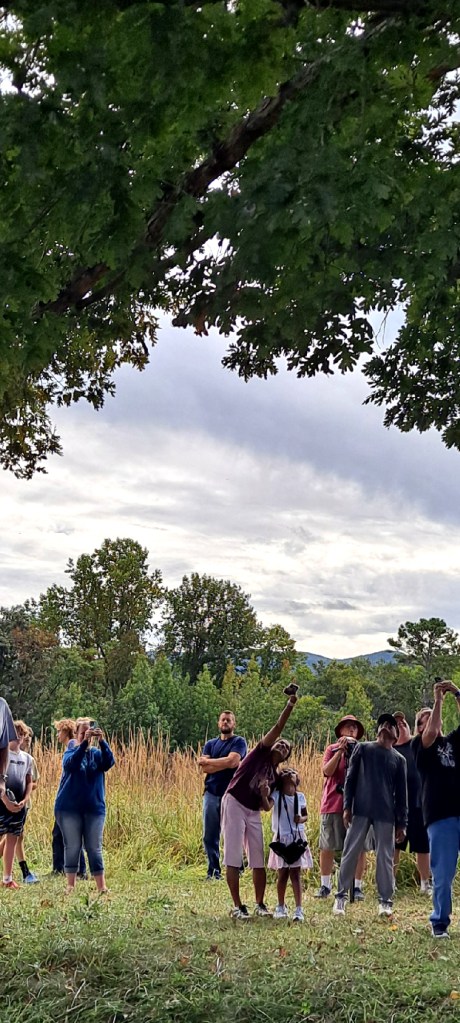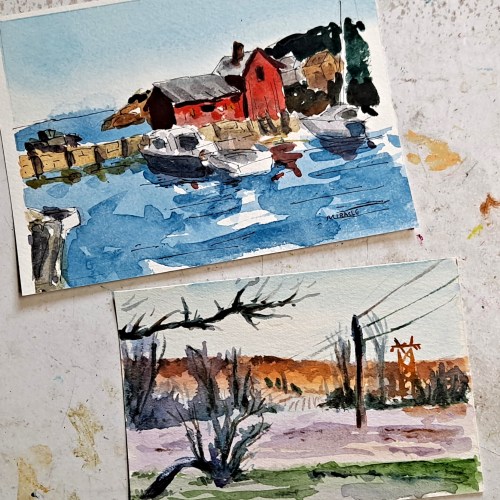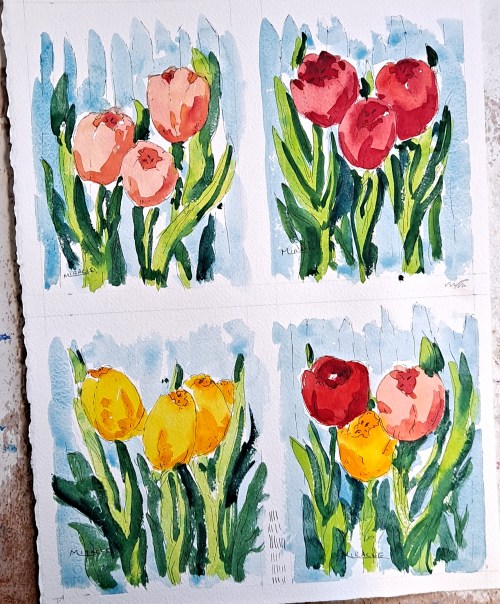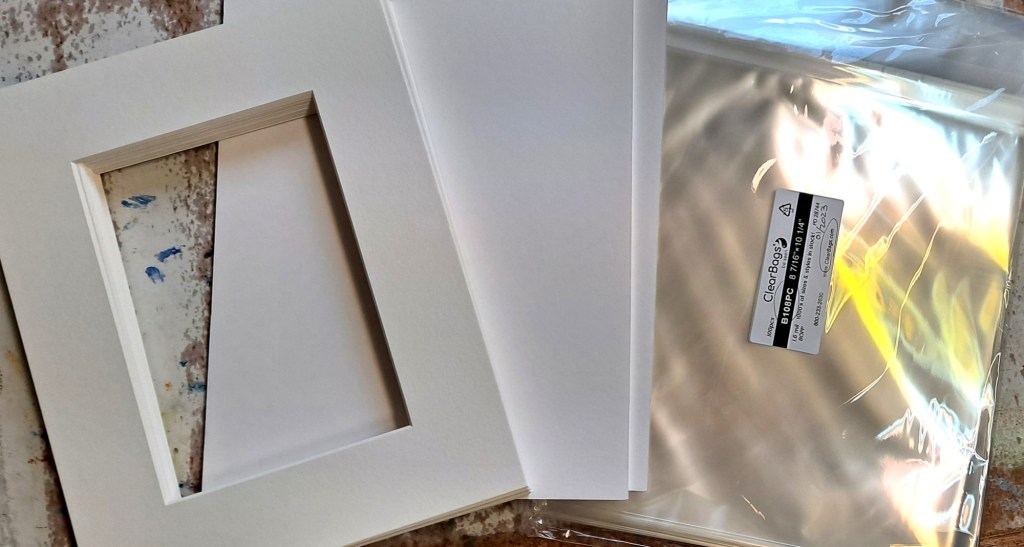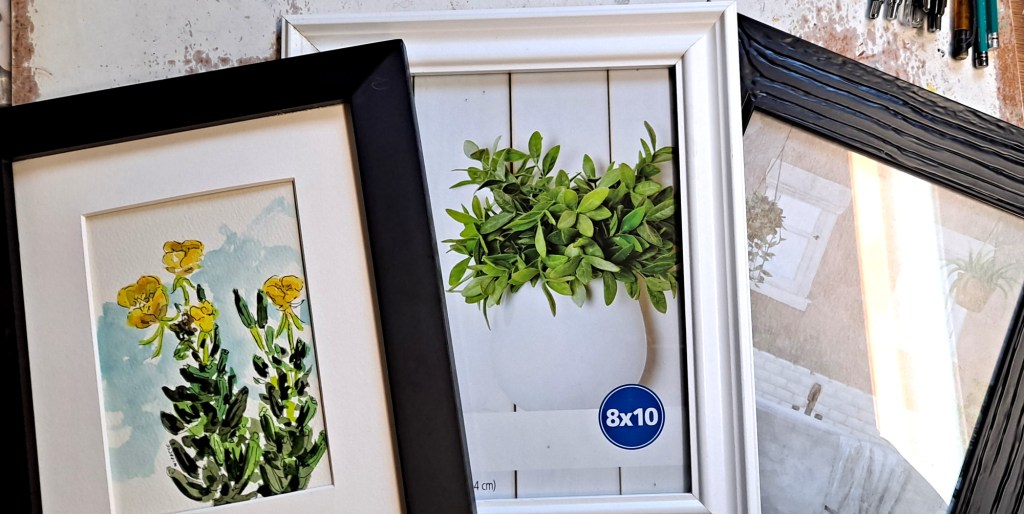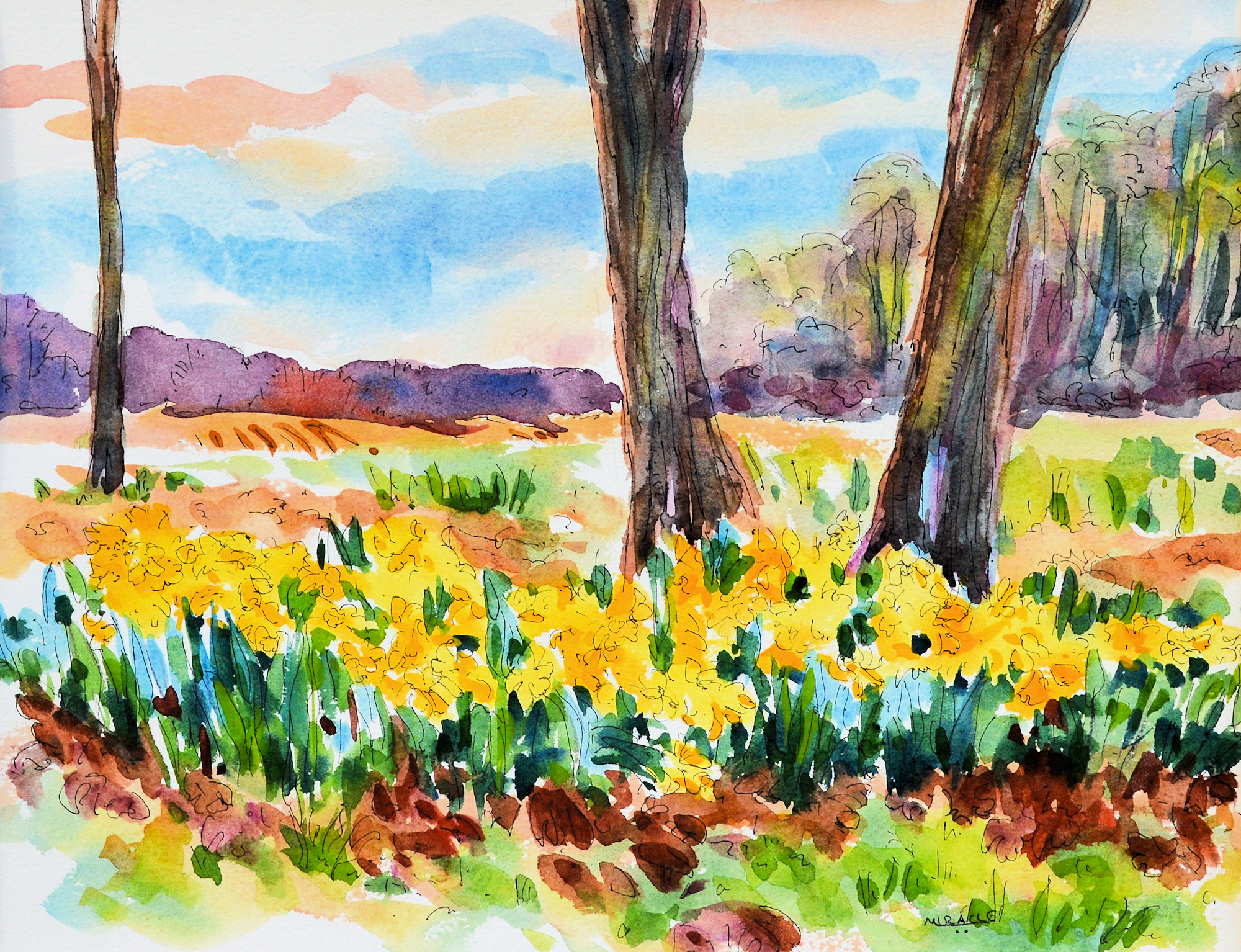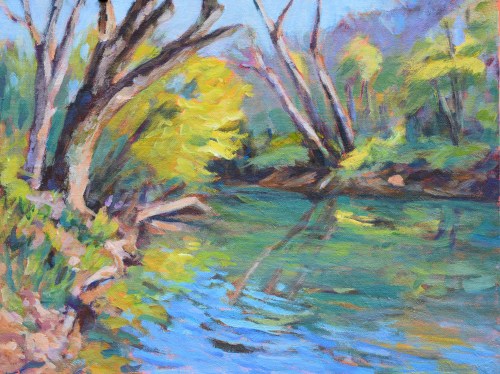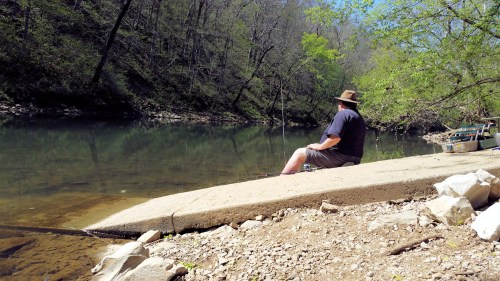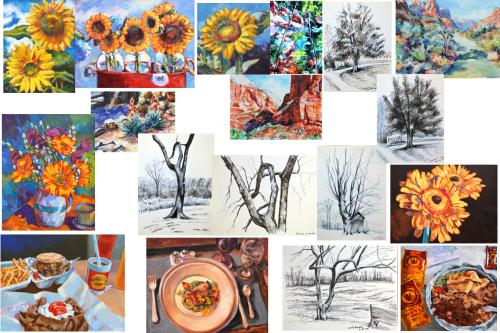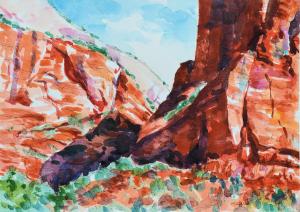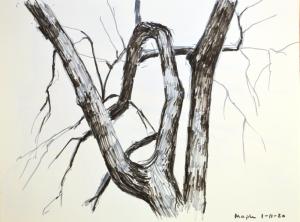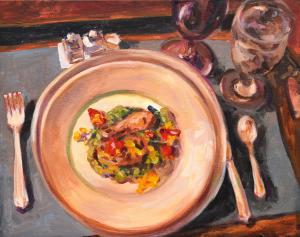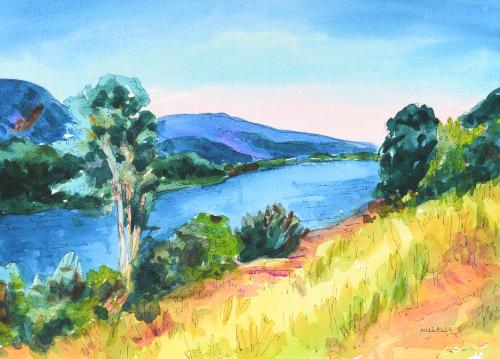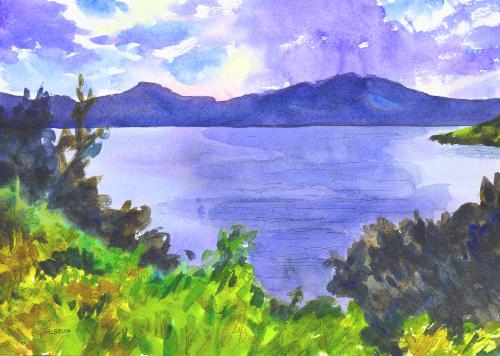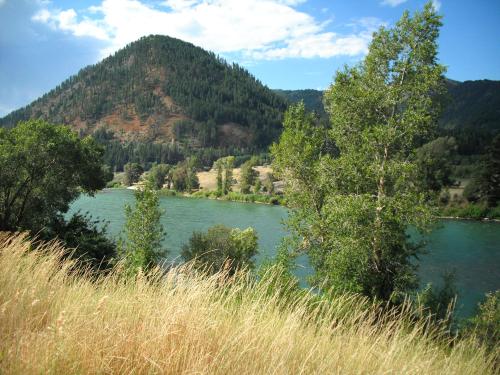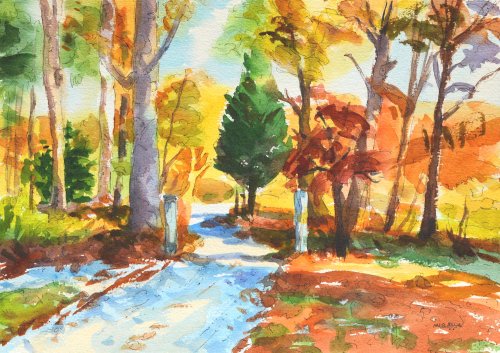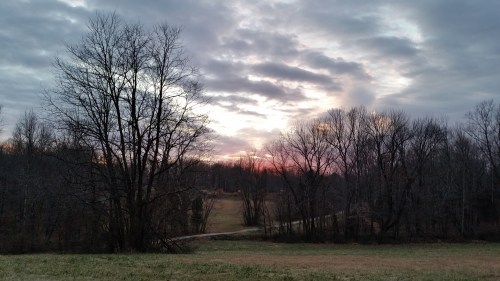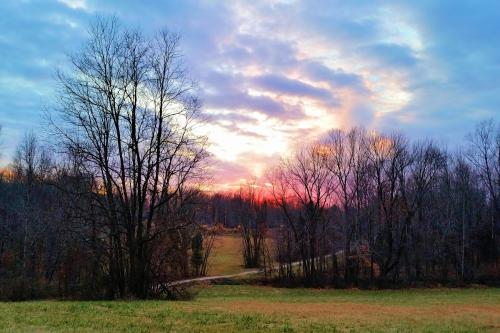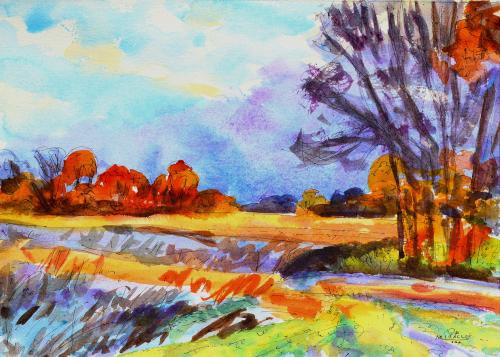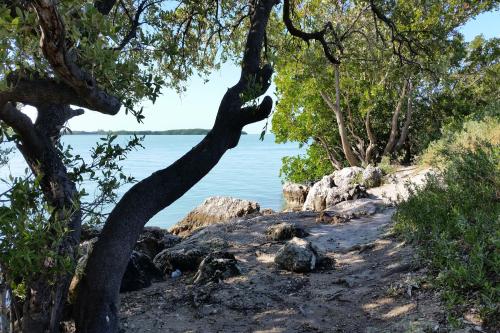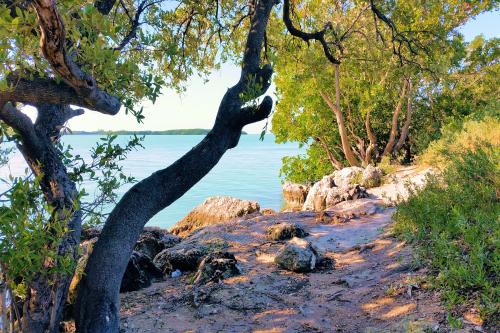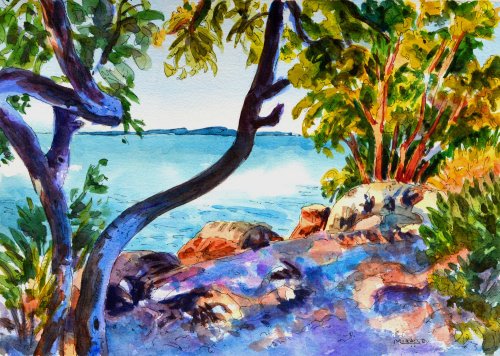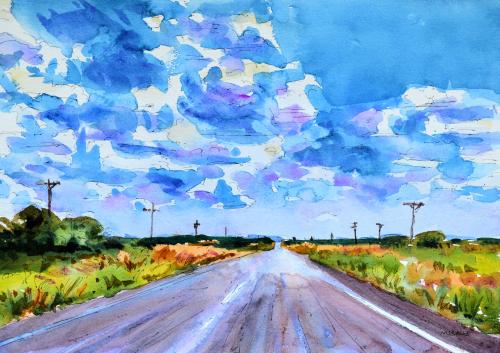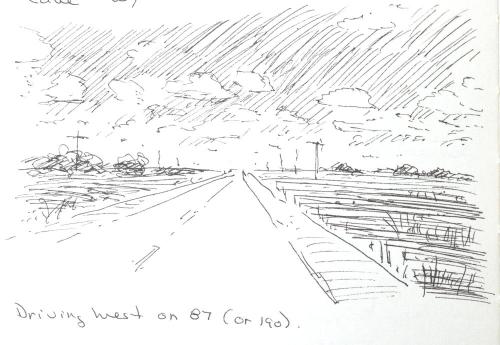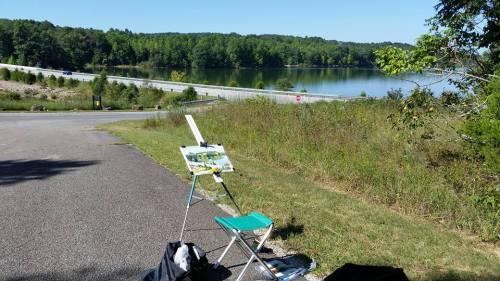
Plein air at Patoka Lake.
It’s a great time to get outside and do a little plein air painting as the season turns from spring to summer here in the Northern hemisphere. It’s also a great way to socialize while keeping socially distant in this challenging time. Not to mention getting some fresh air and just enjoying the great outdoors.
In my last post, I discussed some of the background of plein air painting and some general tips. Today I’m going to elaborate on how to do plein air painting in watercolor.

This is my old Stanrite watercolor easel. The legs are adjustable and it will collapse to a pretty small package. The top tilts which is handy for watercolor since most painting is done horizontally. And it has two adjustable clips to secure your board. I’m not sure if this is made any more but grab one if you see it. This one is at least twenty years old and has proven to be very sturdy and reliable. Stanrite No 5, Watercolor
Plein air painting equipment can be as elaborate or as simple as you wish to make it. I tend to lean toward simple and light weight. Instead of using a French easel (which I find heavy and cumbersome), I like to use an aluminum watercolor easel (by Stanright). The easel has legs which expand to various heights and a top section which tilts to many angles. The top also has two clips for securing my watercolor board.
My favorite watercolor paper is d’Arches 140 pound cold press. For ease of transport, I cut the 22 x 30 inch sheets into quarters and attach them to a luan board which is a little larger. I find trying to paint outdoors on full size sheets of paper to be awkward but that is just my preference. Since the smaller paper is only about 11 x 15, it can easily be attached to the board by painter’s tape or clips and does not need to be stretched to prevent buckling.
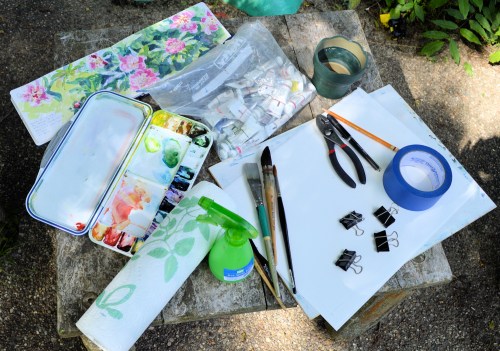
Plein air watercolor equipment that I keep in my bag. See the list in the body of the post.
I usually keep a bag packed with items just for watercolor painting. I find this helps speed up the process of packing when I’m ready to get out of the house. The bag I use is a multi-pocket computer bag which I bought for $5 at a resale shop. It has a nice shoulder strap which is very comfortable and plenty of zippered compartments. I removed the extra padding.
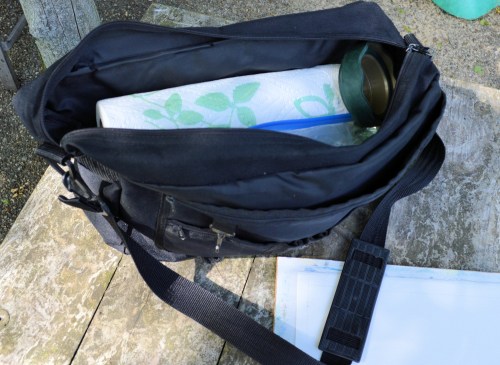
The used computer bag that I use as a plein air bag for watercolor. I love the many zippered pockets and the comfortable, adjustable strap. I paid $5 for this at a resale shop. Then removed the foam padding.
A very big help to me is that I have color-coded index cards for each type of plein air painting that I do. This helps to remind me what I need to take just in case I have removed something from my bag.
My list of items to take in my watercolor bag are:
| Easel
Chair / stool
Umbrella / bungees
Bag
Paper
Support
Clips
Watercolor travel palette (Mijello)
Brushes -assorted
Paints – assorted
Water and collapsible cup
Spray bottle
Pencils/pens
Sketch book |
Tape / clips
Multi-tool / pliers
Paper towels / cloth rags
Sponge
Bug spray
Sunscreen
Hat
Camera / cell phone
Apron
Scissors / knife
Snacks
Business cards
Some folding green stuff (money)
Band-aids |
Even with my list, I have forgotten items before. Once I forgot my collapsible water cup so I cut a spare water bottle in half. The bug spray will be really welcome if the mosquitoes or flies find you.
Various layers of clothing might be warranted if the weather is likely to change, as is a poncho, etc. I always keep a travel blanket in the car which I have found handy to wrap up in on particularly windy or chilly days. The bungees can be attached to your bag and easel to prevent it from flying away, or used to secure your umbrella to your chair for shade.
I usually use a small sketchbook to make thumbnail sketches but sometimes I’ll paint in a watercolor notebook. It’s important to be flexible and not get bummed out if you forget something. I have a friend who paints with sticks (and the results are amazing).
Depending upon where I’m painting, I might even take my Square-card reader…just in case a passerby decides that they must have that painting right then and there. Be prepared, I always say.
All in all, the whole kit – bag, easel, chair, etc., weighs about twenty pounds or less. Although I’ll throw some things into the car, I don’t always lug everything out. For instance, a rock, bench, log or wall might be the perfect seat so I can leave the chair. Maybe it’s too windy for an umbrella so that stays in the car, too. But I do like to have these things with me, just in case.
I have even been able to organize all my equipment into a couple of panniers for my bicycle. Then I can really tool around without even looking for a place to park.

Bike with panniers and equipment for plein air painting. I don’t do much of this anymore but I put thousands of miles on my bikes. With the distraction of cell phone usage now, it’s a little too scary to bike regular roads.
https://www.jerrysartarama.com/mijello-fusion-air-tight-watercolor-palettes
https://www.jerrysartarama.com/faber-castell-clic-and-go-cups-brushes
I can’t find the Stanrite No.5 Watercolor easel anywhere but there are some other makes available. I would opt for the light-weight aluminum over the wood. You might also be able to find a used one on Ebay.

